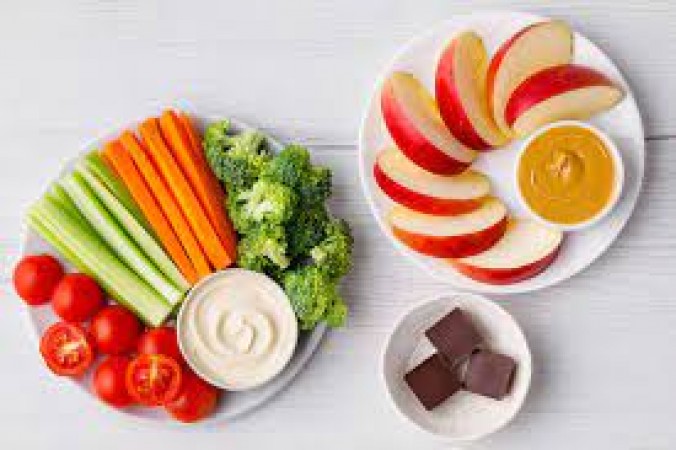
In the quest for better health and balanced nutrition, managing sugar intake has become a paramount concern. The impact of high blood sugar levels on overall well-being is well-documented, with various health issues like diabetes and obesity stemming from elevated sugar consumption. One effective approach to curbing sugar levels revolves around consuming foods with a low glycemic index. In this article, we will delve into the concept of the glycemic index, explore its significance, and provide a comprehensive list of the best low-glycemic index food options to help you make informed dietary choices.
The glycemic index (GI) is a numerical scale used to measure the rate at which different carbohydrate-containing foods raise blood sugar levels. Foods with a high GI cause rapid spikes in blood sugar, leading to energy crashes and potential long-term health issues. On the other hand, foods with a low GI are digested more slowly, resulting in gradual and sustained energy release.
Choosing foods with a low GI can have numerous benefits for your health. Not only do they help in managing blood sugar levels, but they also aid in weight management, reducing the risk of type 2 diabetes, and promoting heart health. Including a variety of low-GI foods in your diet can contribute to stable energy levels and overall vitality.
Leafy Greens and Non-Starchy Vegetables: Vegetables like spinach, kale, broccoli, and bell peppers have minimal impact on blood sugar levels while providing essential nutrients and fiber.
Legumes: Beans, lentils, and chickpeas are excellent sources of protein, fiber, and complex carbohydrates, making them ideal choices for stable energy.
Quinoa: This whole grain is rich in protein, fiber, and essential amino acids, all of which contribute to its low GI and nutritional value.
Steel-Cut Oats: Unlike highly processed cereals, steel-cut oats are minimally processed and have a lower GI, offering sustained energy without rapid blood sugar spikes.
Berries: Berries like strawberries, blueberries, and raspberries are not only delicious but also low in sugar and high in antioxidants.
Nuts: Almonds, walnuts, and pistachios are nutrient-dense options that provide healthy fats, protein, and fiber, all with a low GI.
Greek Yogurt: High in protein and probiotics, Greek yogurt has a lower GI compared to some other dairy products.
When crafting your meals, consider the following tips to optimize your low-GI intake:
Balance Your Plate: Aim to fill half your plate with non-starchy vegetables, a quarter with lean protein, and a quarter with whole grains or legumes.
Choose Whole Grains: Opt for whole grains like brown rice, whole wheat pasta, and barley, which have lower GIs compared to their refined counterparts.
Combine Foods: Pairing higher-GI foods with low-GI foods can help moderate their overall impact on blood sugar levels.
Monitor Portion Sizes: Even low-GI foods can affect blood sugar if consumed in excess. Pay attention to portion sizes to maintain control.
In the pursuit of a healthier lifestyle, managing sugar intake plays a pivotal role. Embracing a diet rich in low-GI foods can lead to more stable energy levels, better blood sugar control, and reduced risk of various health issues. By incorporating a variety of nutrient-dense, low-GI foods into your meals, you can embark on a journey toward improved well-being.
Eat Your Way to Better Joints: Anti-Inflammatory Diet Tips for Arthritis
Battling Childhood Obesity: Strategies for a Healthier Future